The four big safety questions raised by the Lion Air plane crash
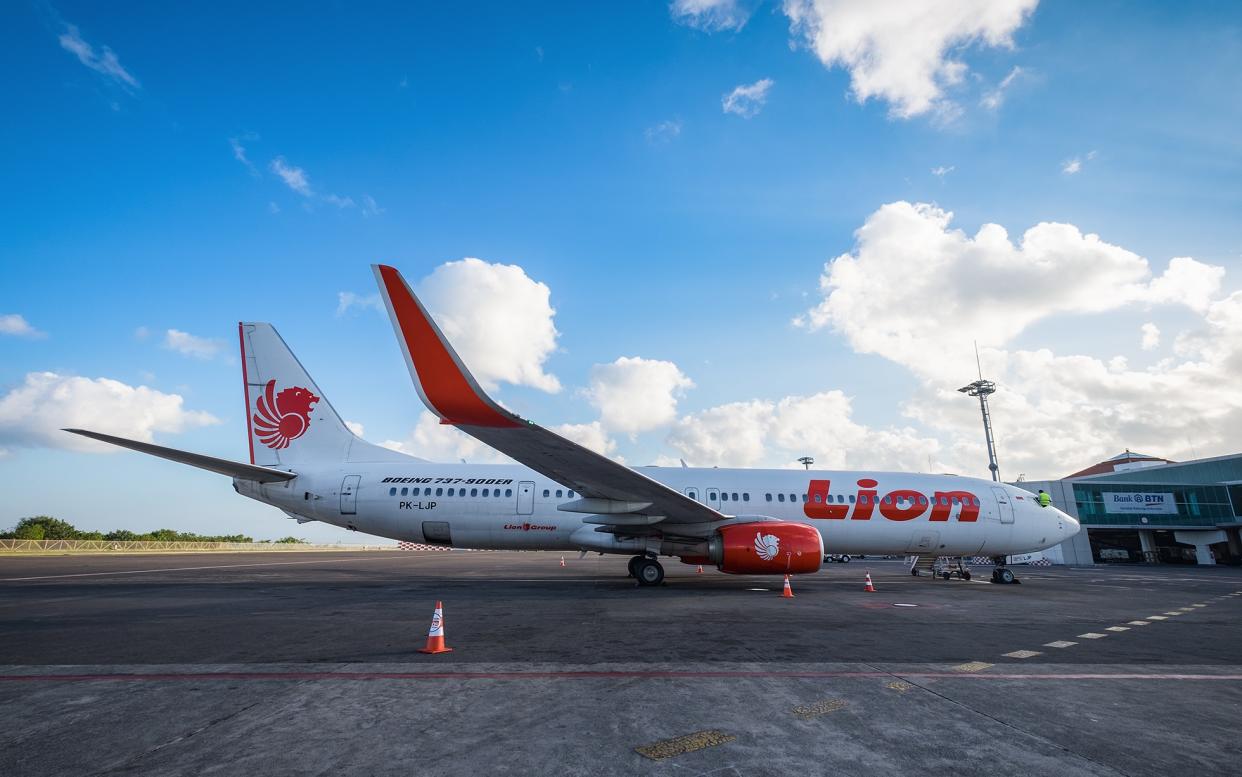
A Lion Air plane carrying 189 people has crashed into the sea off the Indonesian island of Java shortly after taking off from the capital Jakarta.
The domestic flight was bound for the city of Pangkal Pinang, on the island of Bangka, but lost contact with air traffic control at around 6.30am on Monday (local time).
Debris including personal possessions and parts of the aircraft’s fuselage have been recovered by a search and rescue team. Lion Air said 181 passengers and eight crew members were on board.
Lion Air has been involved in a number of serious incidents in its short history, while Indonesia’s poor air safety record saw a number of its carriers banned from flying to Europe until earlier this year. Today’s crash looks certain to raise fresh questions about flight safety in the country.
The crash involved a brand new aircraft - a Boeing 737 MAX 8 delivered in August - leading some to suggest its young age could also be a factor.
We're following reports that contact has been lost with Lion Air flight #JT610 shortly after takeoff from Jakarta.
ADS-B data from the flight is available at https://t.co/zNM33cM0napic.twitter.com/NIU7iuCcFu— Flightradar24 (@flightradar24) October 29, 2018
Who is Lion Air – and is it safe to fly with?
Founded in 1999, Lion Air is Indonesia’s largest airline, and the second biggest low-cost carrier in south-east Asia. It flies to well over 100 destinations, including dozens in Indonesia, Thailand, Malaysia and China, as well as three Australian cities, two in Vietnam, Tokyo, Dhaka, Phnom Penh, Yangon, Kathmandu, Lahore, Singapore, Jeddah, Colombo and Taipei.
Lion Air has grown rapidly in the last decade, from 20.5m passengers in 2010 to more than 60m last year, and is eyeing up further expansion – it has a remarkable 252 aircraft currently on order to add to its existing stock of 114. Its owner Rusdi Kirana built an entire town - dubbed Lion City - to house his growing workforce, and has even expressed a desire to construct his own airport because Jakarta’s Soekarno-Hatta is running at full capacity.
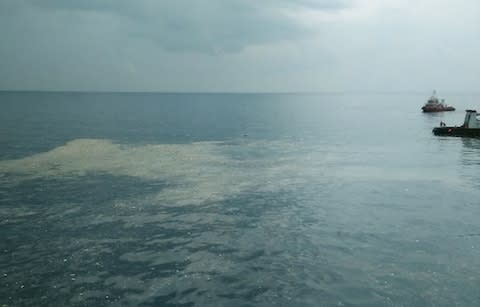
“Most [of its] services are domestic, but it is expanding into international markets,” John Grant from aviation analyst OAG told Telegraph Travel last year. “What is perhaps most interesting is that, generally, outside of Indonesia there is little awareness of how large Lion Air is and the impressive growth it has had over the last few years.”
But it has faced nagging questions about safety standards and from July 2007 until June 2016 was banned, along with dozens of other Indonesian airlines, from operating within both EU and US airspace.
The website AirlineRatings.com, which analyses government reports and historic crash data, gave Lion Air a safety rating of just one star (out of seven) back in 2016. This year, however, it was handed a far more impressive six.
It has been involved in a number of previous incidents, though only one resulted in fatalities: the crash of Flight 538 on November 30 2004, operated by a McDonnell Douglas MD-82, which saw the loss of 25 lives.
In 2002, a Boeing 737-200 crashed after taking off from Sultan Syarif Kasim II International Airport. The plane was written off but everyone on board survived.
Two aircraft (an MD-82 and a Boeing 737-400) were written off in two separate incidents in 2006, but no passengers were killed.
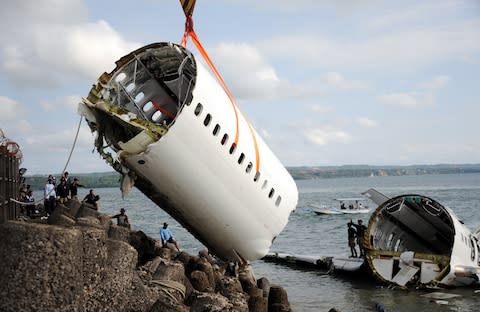
In 2010, Flight 712, using a Boeing 737-800, overshot the runway at Supadio Airport. Several passengers were injured.
Lion Air Flight 904 crashed into the water after an attempted landing at Denpasar in Bali on April 13 2013. The aircraft’s fuselage split in two and some passengers were forced to swim to safety – but everyone survived.
Two passengers were seriously injured after an aircraft’s tail struck the runway at Ngurah Rah International Airport in 2014.
In 2016, Lion Air Flight 263 overran the runway at Juanda International Airport, but there were no injuries.
And on April 29 2018, the main nose gear of a Boeing 737-800 collapsed after a landing in heavy rain.
In addition to its long list of near-misses, Lion Air has developed a reputation for long delays, earning it a ticking off from Indonesia’s aviation regulator in 2016.
On a more bizarre but no less worrying note, two of its pilots were sacked in 2012 after being caught in possession of crystal meth.
Do Indonesian airlines have a safety problem?
The country’s carriers have historically been involved in a large number of fatal accidents. The Aviation Safety Network database lists 98 fatal accidents involving Indonesian carriers since 1945, resulting in 2,035 deaths, putting it ahead of a number of countries that operate significantly more flights, such as China and Germany. Furthermore, almost half of those fatal accidents have occured since 2001, with many claiming safety standards have not been keeping up with the industry’s rapid growth.

As mentioned above, a number of Indonesian carriers were once banned from flying to both EU and US airports because of fears about regulatory practices across the country. Indonesia scored just 61 per cent for “airworthiness” in a May 2014 UN report, behind lesser-developed neighbours such as Laos and Myanmar. An MIT statistician who specialises in airline safety, told The New York Times at the time that the plane crash death rate in Indonesia was one per million passengers – 25 times the rate in the United States. “To assert that the disparity is only a coincidence or manifestation of bad luck would be preposterous,” he said.
But improvements have been made in recent years with the Indonesian government imposing tighter rules, and, having given Lion Air the all-clear in 2016, the EU removed a number of other Indonesian airlines from its blacklist in June 2018. It currently believes all the country’s carriers are safe enough to operate in EU airspace.
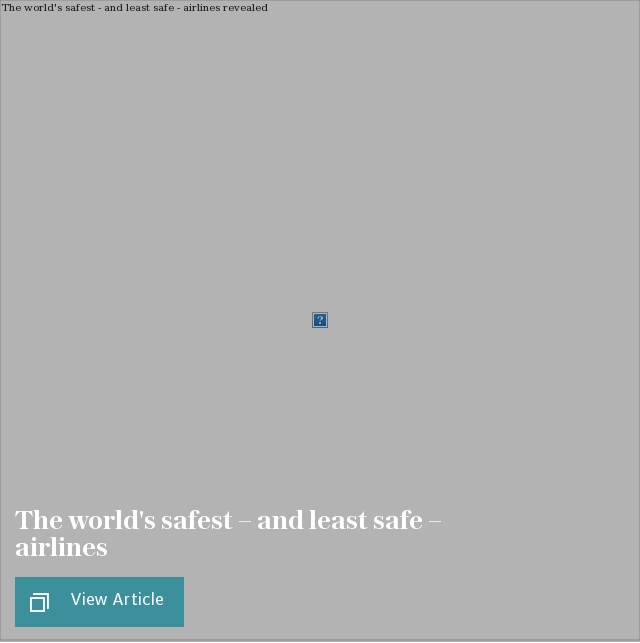
Why did a brand new aircraft crash?
Several of Lion Air’s previous incidents involved ageing aircraft but it has made great strides in recent years to modernise its fleet. Indeed, Monday’s crash involved one of the newest aircraft in the sky: Boeing’s 737 MAX 8.
Introduced in 2017, and billed as the short-haul plane of the future, it has been snapped up by airlines around the globe, including many of the world’s biggest no-frills operators. Lion Air has ordered 201, of which 13 have been delivered, US behemoth Southwest Airlines has asked for 280 (it has so far received 23), Norwegian is waiting for 110, and Ryanair has 135 outstanding orders.
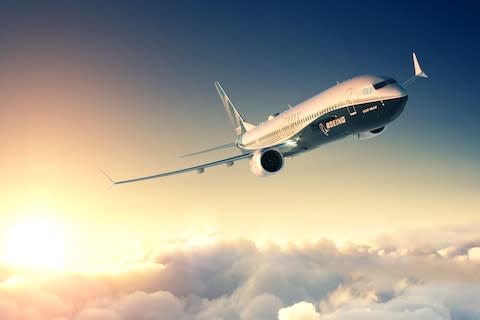
Until this week the model had an impeccable safety record and the cause of Monday’s crash remains unclear. Lion Air confirmed that the aircraft in question had an unspecificed “technical problem” during a previous flight but that it had been “resolved according to procedure”. It added that there were no plans to ground any of its other 737 MAX 8s.
The lost aircraft was delivered to Lion Air on August 15 and had just 800 hours of flight time. Gerry Soejatman, an aviation analyst, told the BBC that “very old aircraft are usually at the highest risk [of accidents], but very young aircraft also carry a high risk”.
He added: “If it is very new there are sometimes snags that only reveal themselves after they are [used routinely]. These usually get sorted [within] the first three months.”
Why have there been so many crashes in 2018?
As Telegraph Travel reported in January, 2017 was - by some distance - the safest year in aviation history. According to ASN there were just 14 fatal accidents involving commercial airliners (14+ passengers) last year, resulting in 59 deaths. This was down from 17 fatal accidents and 258 deaths in 2016. Furthermore, none of those fatalities involved a jet aircraft.

This year, however, we’ve already seen several major accidents. On February 11, Saratov Airlines Flight 703 crashed after leaving Moscow with all 71 on board perishing. One week later 66 people died when Iran Aseman Airlines Flight 3704 went down near the city of Yasul. US-Bangla Airlines Flight 211 crashed near Kathmandu on March 12, resulting in 51 deaths. There was also a harrowing incident on a Southwest flight, where a window was smashed and a female passenger killed. And in May 112 people died when Cubana de Aviación Flight 972 crashed near Havana.
ASN’s database shows 366 deaths involving commercial flights so far this year (as of October 28 and not including the Lion Air crash), six times more than the whole of 2017. Should no survivors be found from today’s accident, it would make 2018 the deadliest year for aviation since 2014, with 555 deaths.
But this would still be way down on the number of annual fatalities seen in previous decades. More than 1,000 deaths per calendar year was commonplace until just over a decade ago. In 2005 there were 1,075. The figure for 1996 was 1,844. The deadliest year of all time was 1972, when 2,380 people died in 72 accidents involving commercial airliners – a number that is all the more remarkable when you consider how few departures there were compared with today (around 9.5 million, compared with almost 37 million in 2017).
Modern air travel, in Indonesia and beyond, remains remarkably safe. Over the past five years, the fatal accident rate has ranged from around one for every 7.5 million departures (2017) to one for every 1.5 million departures (2013).
“Last year was effectively a lovely statistical blip,” said David Gleave, an aviation safety investigator, following the Cubana crash in May. “We are a long way from having solved all the problems [with flying], but it is getting safer and there remains a downward trend in the per flight probability [of a crash].”

